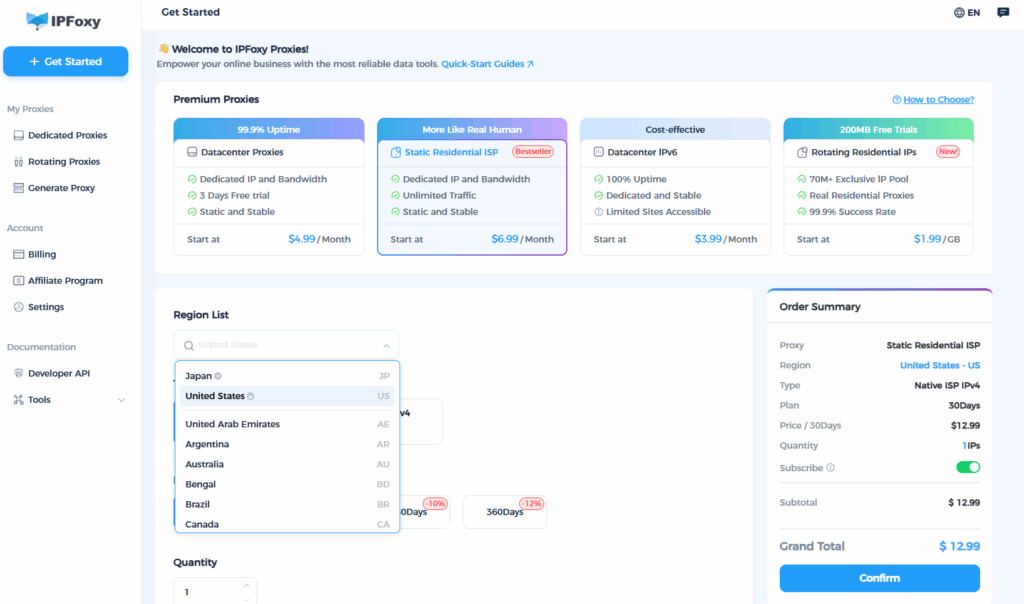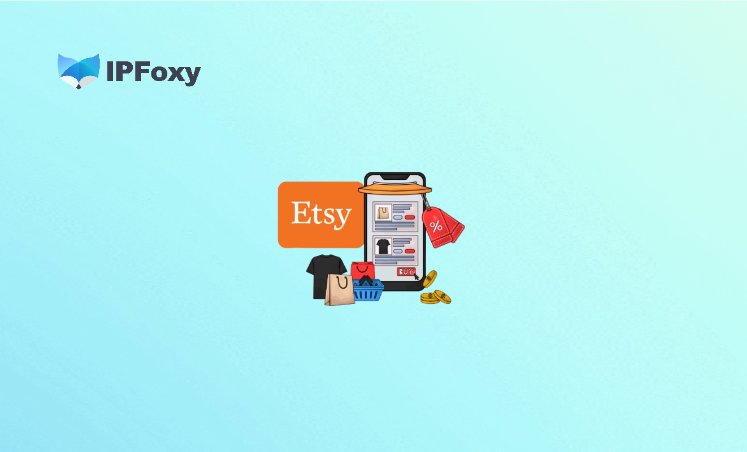In 2025, Temu will kick off its year-end campaign with a record-breaking 51-day Black Friday Sale, creating a long-cycle traffic peak from the pre-heating phase to the conclusion. For well-prepared merchants, this is an excellent opportunity to increase exposure, rapidly boost sales, and retain users; however, the long cycle, fierce competition, cost pressures, and fulfillment challenges will also intensify simultaneously.
This article will help you understand the nature and impact of this event, and then provide actionable strategies to capture traffic.
Contents
- I. The Impact of Temu’s 51-Day Black Friday Sale on Merchants
- II. How Merchants Can Capture Traffic Dividends
- Conclusion
I. The Impact of Temu’s 51-Day Black Friday Sale on Merchants
1. Event Timeline and Rhythm
Temu’s Black Friday Sale is divided into two phases:
- Pre-heating period (October 9th – November 1st, 23 days total): Focused on boosting search popularity, favorites, and add-to-cart rates.
- Official event period (October 31st – November 29th, 29 days total): Traffic weight will fully tilt towards products with strong conversion performance.
The pre-heating starts in early October, and the main promotion phase begins in late October or early November, lasting until late November. This means traffic is not concentrated on one or two days but is dispersed yet sustained, laying the groundwork for long-term exposure and repurchases.
2. Platform Gameplay and Traffic Inclination Focus
Temu’s consistent strategy is “low prices + large-scale marketing subsidies + personalized recommendations”. It drives traffic into its product pool through advertising, homepage resource slots, coupons, and new customer subsidies. The platform will continuously allocate more traffic to SKUs with high participation rates, strong conversion performance, and timely shipment.
3. Three Key Challenges for Merchants
(1) Price Wars and Gross Profit Compression
The platform will lower the overall price expectation through subsidy strategies. Merchants who fail to follow the price trend will struggle to gain exposure; yet, blind price cuts may squeeze profits, and the pressure of subsequent promotions and fulfillment will increase.
(2) Fulfillment and Inventory Pressure
A 51-day long promotion cycle means accumulating costs in stock preparation, warehousing, and logistics. Delayed shipments and high return rates will directly affect store weight.
(3) Traffic Noise and Conversion Management
While traffic surges in the early stage of the event, not all traffic can be converted into orders. Without proper guidance for adding to cart, discount tiers, and repurchase paths, it is easy to face the “high traffic but low transactions” dilemma—a false boom.
(4) Hidden Risks in Multi-Account Matrix Operation and IP Environment
To continuously capture exposure and amplify popularity signals during the long promotion cycle, more and more merchants are adopting multi-account matrix operations. They not only run promotions on their main stores but also set up multiple auxiliary accounts. Therefore, top merchants need to allocate independent, clean, and regionally authentic residential IP environments for their matrix accounts before the event. This ensures each account behaves like a “real user”, maximizing the trigger of the recommendation algorithm and regional traffic weight.

II. How Merchants Can Capture Traffic Dividends
1. Pre-Event Preparation (Start 1–2 Weeks in Advance)
(1) Selection of Bestsellers and Stock Replenishment
Choose 3–5 cost-effective SKUs with gross profit that can support promotions as “core products”. Prioritize categories with stable supply chains and controllable shipments (small-sized, standardized products with low return rates). Prepare sufficient safety stock and negotiate expedited plans with warehousing and distribution partners.
(2) Pricing and Coupon Strategy Simulation
Design coupon tiers (store coupons, category coupons, first-order coupons) and conduct internal ROI simulations: estimate CPA, gross profit, and net profit margin after subsidies to ensure discounts bring positive returns.
(3) Material and Product Detail Page Optimization
Prepare reusable event materials in advance (banners, main images, short video scripts, key selling points on detail pages) and develop two sets of A/B testing plans (graphic vs. video main images).
(4) Stable Account Operation
During the Black Friday period, merchants can use multi-account matrix operations to increase the exposure probability of their products in the recommendation pools of various countries.
However, there is a core prerequisite: matrix accounts must operate in an “independent, authentic, and clean” IP environment. Otherwise, the platform can easily identify them as abnormal traffic, leading to consequences such as multiple accounts logging into the same IP being merged and recognized by the system—losing the boosting effect of the matrix.
Therefore, building a real environment pool with “one-to-one binding of account + IP” is an essential foundational step for matrix operations.
Recommended Solution: Use IPFoxy to Build a Stable IP Environment
- Provide high-purity, high-anonymity residential IPs that can be directly used with fingerprint browsers, offering exclusive IP identities for each operating account. This makes matrix operations appear as “real multi-user behavior” rather than same-source manipulation.
- Cover mainstream regional residential nodes, allowing flexible switching between different regions to accurately reach target regional markets.

2. During the Event
(1) Seize Platform Traffic Entry Points
Prioritize securing “homepage/event venue/channel slots” and in-site event positions on the platform; sign up for platform flash sales or discount sessions, monitor real-time conversions, and quickly redirect the budget to well-performing SKUs.
(2) Short-Cycle Promotions + Time Window Strategy
Within the 51-day cycle, launch “phased mini-promotions” (e.g., a theme day every 7–10 days) to create a sense of urgency for purchases, while avoiding long-term fixed low prices that undermine brand perception.
(3) Closed Loop of Promotion and Data Feedback
Connect off-site promotions (social media, KOLs, Google/Meta) with in-site data: monitor real-time traffic sources, first-purchase rates, and repurchase rates, and provide different incentives (first-purchase subsidies/exclusive coupons) based on traffic sources.
(4) Prioritize Customer Service and Fulfillment
Ensure shipment timeliness and after-sales response. The platform will provide long-term traffic inclination to “merchants with good fulfillment”. For SKUs with high return rates, promptly adjust promotion intensity or take them off the shelves for optimization.
3. Post-Event Actions
(1) Follow Up on Repurchases and User Assetization
Collect new customer data for homepage remarketing: activate repurchases through emails, App notifications, and store coupons, converting one-time dividends into long-term user value.
(2) Review and Product Matrix Iteration
Conduct a review of event data (conversion rate, CPC, gross profit, return rate, promotion ROI) and make two types of decisions for SKUs: replenish and scale up, or remove from shelves for iteration.
Conclusion
Temu’s 51-day Black Friday Sale provides a long-term continuous traffic window—it is an excellent opportunity to convert short-term new customer acquisition into long-term user assets. However, merchants need to make simultaneous efforts in product selection, pricing, supply chain, fulfillment, and data closed loops. In practice, by creating a checklist with 3 core SKUs, two tiers of coupon strategies, and one set of A/B materials to start execution, you will be one step ahead of most merchants who passively wait.


